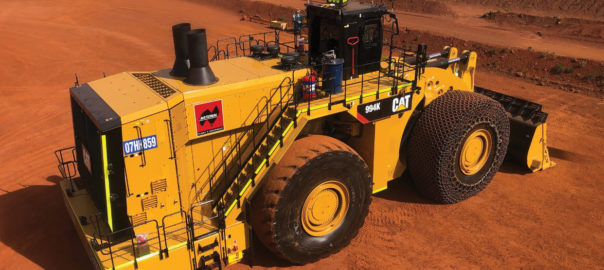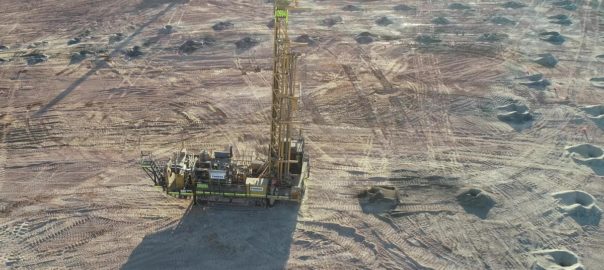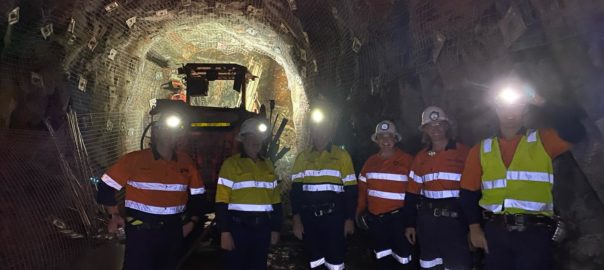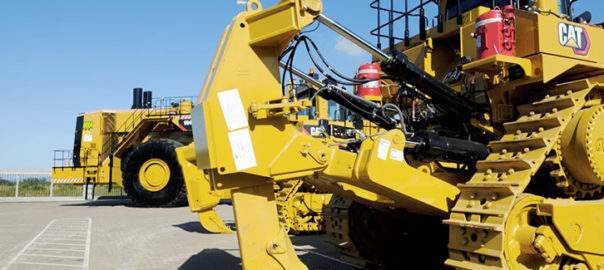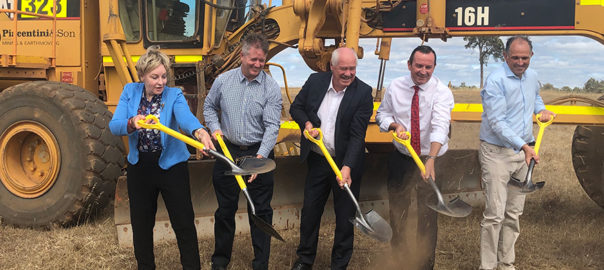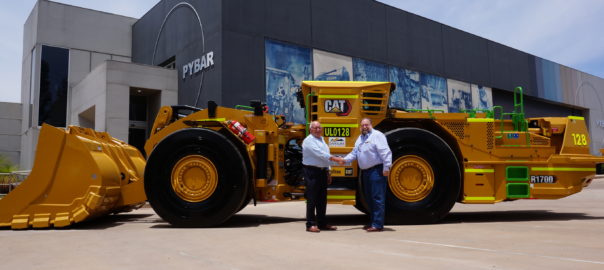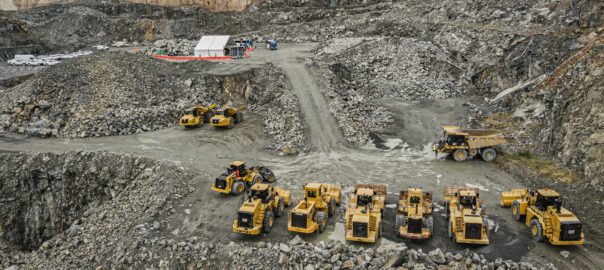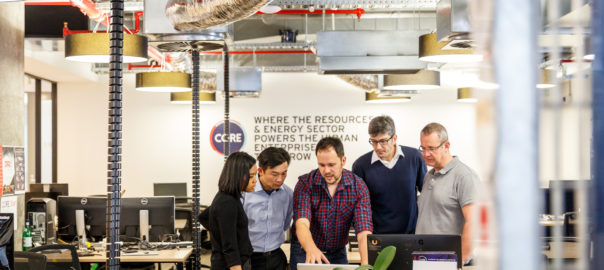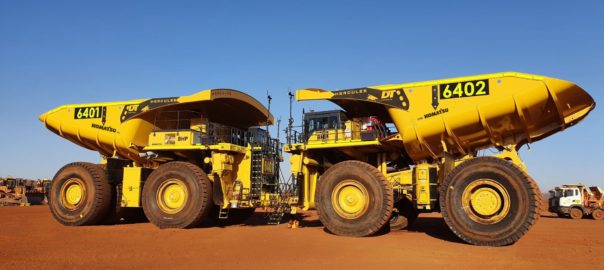National Group says its National Plant & Equipment (NPE) subsidiary has delivered Australia’s first rental Cat 994K wheel loader to Rio Tinto’s Marandoo iron ore mine in Western Australia.
After arriving in Perth from the Caterpillar manufacturing facility in Decatur, Illinois, USA, the wheel loader began pre-assembly on February 17 by WesTrac at its Reid Road facility, in WA. From there, the oversized load was disassembled for transportation from Perth to the Pilbara, where final assembly took place on site at Marandoo before being handed over to Rio Tinto to begin work in early May.
Marandoo is one of Rio’s Pilbara iron ore assets to feature autonomy. Back in 2017, Cat and Rio Tinto signed an agreement to retrofit 19 Cat 793F mining trucks for autonomous operation at the site, making it the first fleet of Cat autonomous trucks deployed by Rio Tinto.
National Group said Cat large wheel loaders are well known as the ‘top of their class’ due to their sheer size and durability that ensures maximum availability through multiple life cycles. “The 994K doesn’t disappoint, with a net power of 1,297 kW, an operating weight of over 240 t and a bucket capacity range of 19.1 – 24.5 m³ for hard-rock conditions (up to 43.6 m³ for soft rock), making it the largest wheel loader currently manufactured by Caterpillar,” it said.
Mark Ackroyd, National Group Managing Director, said: “With optimised performance and simplified serviceability, the 994K allows mine sites to move more material efficiently and safely at a lower cost per tonne.
“They are the ideal machine for large mining companies such as Rio Tinto to maximise their efficiency and productivity and reduce the level of ongoing maintenance required.”
Geoff Bailey, WesTrac Executive General Manager of Sales, said: “WesTrac have worked closely with NPE for more than seven years and we’re proud to continue to support the business with industry-leading equipment and technology.
“The 994K can handle large payloads even in tough conditions, loading a matched Cat 789 or 793 haul truck in five to six passes, respectively. It’s a highly efficient option for our WA mining customers.”
Ackroyd said there was currently less than 10 994Ks in Australia, “so we are very excited to own a brand new model and to see it go to work with one of our key clients”.
As many businesses and industries come to a halt due to COVID-19 restrictions, National Group says it is preparing to deliver a range of other machinery to mine sites around Australia in the coming months.







